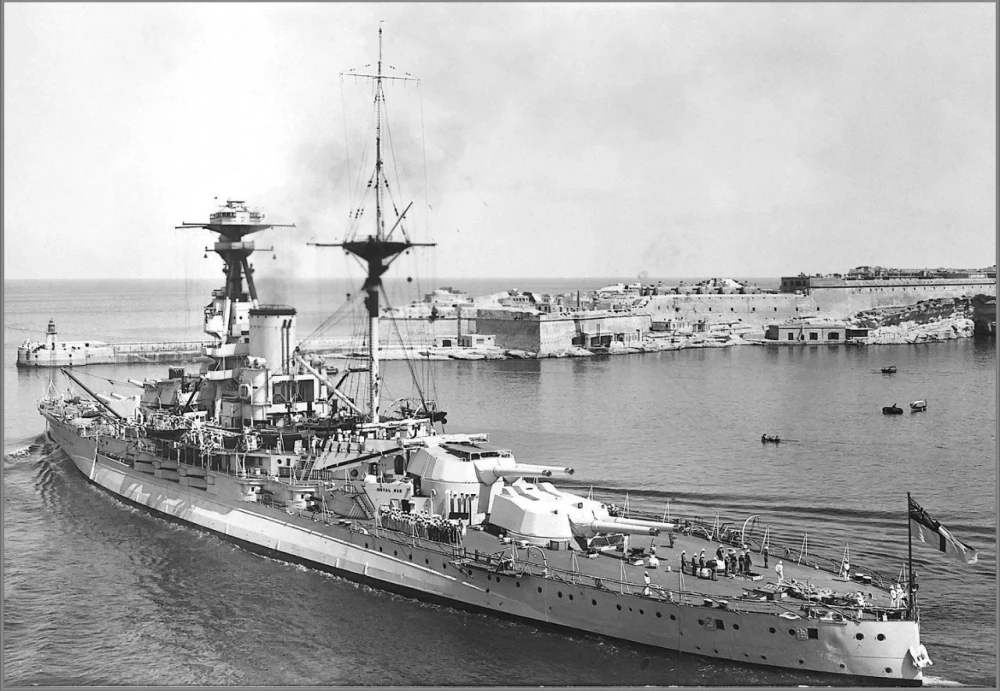17th Dec 2021
Why Is The Audemars Piguet Royal Oak Named ‘The Royal Oak’?
by Adrian Hailwood
A story of trees, ships, kings, and other things…
It’s 3am on Saturday 6th November 1651, England is without a king for the first time in its long history, and an exhausted, soaked, and hungry Charles Stuart struggles his way up to Boscobel House in Shropshire. Three days earlier, his Royalist army had been routed at Worcester in the last battle of the English Civil War and now the heir to the throne was on the run for his life.

What on earth does this have to do with a stainless steel, octagonal-cased sports watch designed in Switzerland 321 years later and how did that watch come to be called the ‘Royal Oak’? The story, easily dismissed as a fanciful work of fiction, was related by Charles II himself to the London diarist Samuel Pepys years later.

Already having been chased out of White Ladies Priory a mile down the road and after a failed bid to escape across the Severn to Wales, Charles found himself in the heavily wooded grounds of Boscobel House. Despite the presence of specially designed hiding places or ‘priest holes’ within the house, it was not deemed secure if the house was raided and torn apart, neither was the nearby woodland thought safe. Instead, Charles, and another fugitive William Careless, chose a large oak tree standing on its own in the grounds that had been pollarded a few years before and had grown back with especially dense foliage. Climbing up into the tree, Charles and his companion had a good view all around them and trusted to the fact that pursuing soldiers rarely, if ever, look up. Parliament troops arrived later that morning and spent the hours until dusk combing the house and woods, but finding nothing, moved on. A further 6 weeks of running and hiding saw Charles arrive in Shoreham via Bristol and Brighton, where he diverted an Isle of Wight-bound coal ship to France and made his escape.

Charles never forgot his time in the tree at Boscobel, and on his restoration to the crown in 1660, the story spread and gained huge popularity. ‘The Royal Oak’ became the given name of over 500 pubs in England, but fear not, the iconic originator of Swiss sports-luxe is not named after an English boozer. In 1664, the navy launched a new 100-gun First Rate Ship of the Line and King Charles named her ‘The Royal Oak’ a tribute to both his arboreal saviour and the substance of which the ship was built. Burnt by the Dutch navy three years later, the name continued and, in all, 8 ships bore the epithet ‘Royal Oak’, the last a Revenge-class battleship launched in 1914 and sunk at anchor in 1939, in Scapa Flow.

Gerald Genta cites his design inspiration for the ref. 5402 as being a diver’s helmet, with the bezel screws securing the glass face-plate. If the watch was to be nautically themed and with the Swiss navy consisting of only a few patrol boats on lakes Constance and Leman, then a more prestigious naval connection would be required. What could be better than a historic battleship name that had endured for 275 years? Especially if your watch is octagonal and there were 8 ships of the name. With connotations of both prestige and solidity, the name after almost 50 years seems a perfect fit but back on launch day, I can’t help thinking the name must have seemed as whimsical as the watch itself.







Have your say!